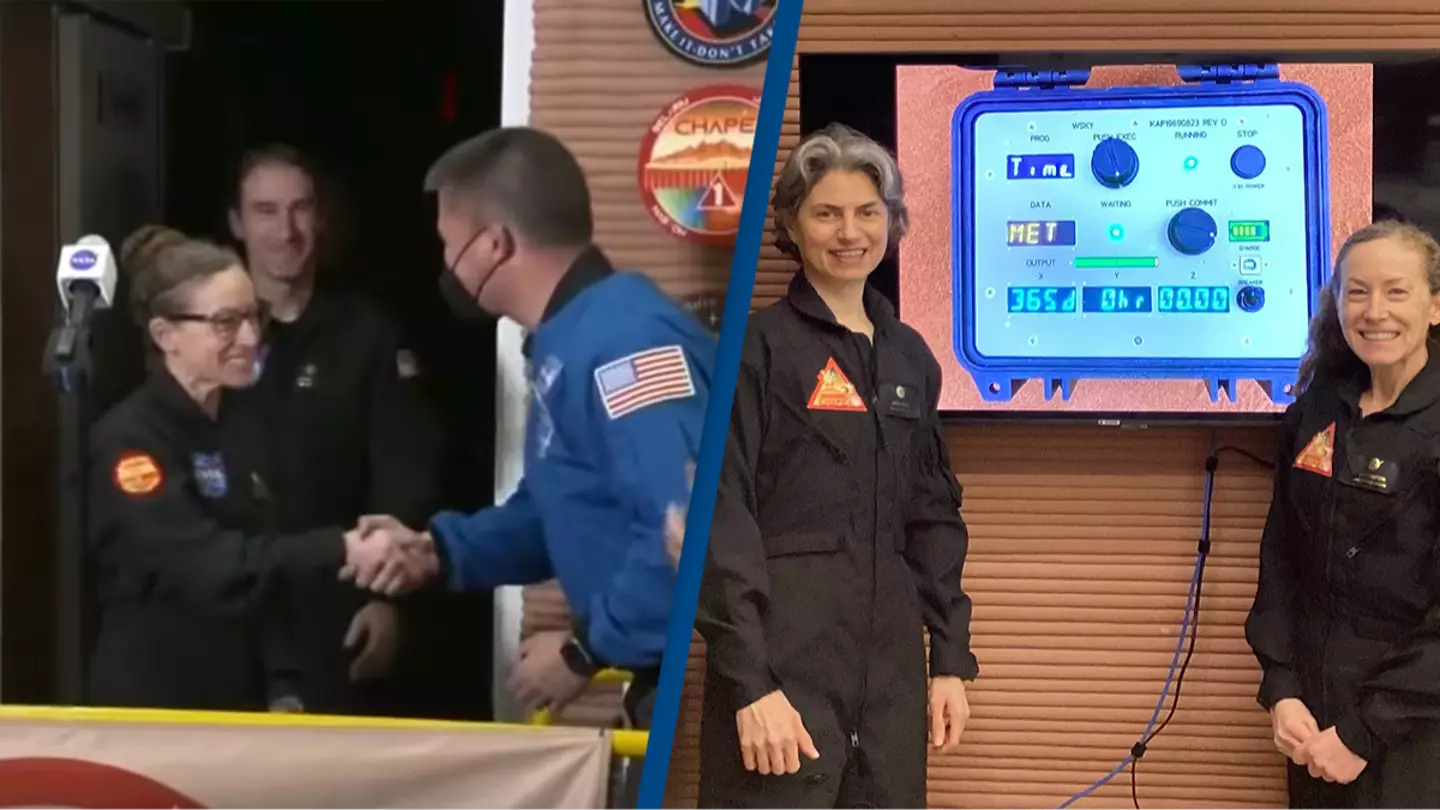
Featured Image Credit: KTSM/NASA
Topics: NASA, Mars, Space, Science, Technology

Topics: NASA, Mars, Space, Science, Technology
Joe is a journalist for UNILAD, who particularly enjoys writing about crime. He has worked in journalism for five years, and has covered everything from murder trials to celeb news.
@JMYjourno